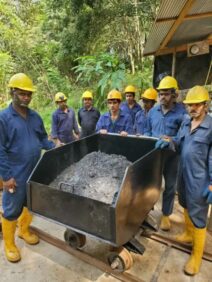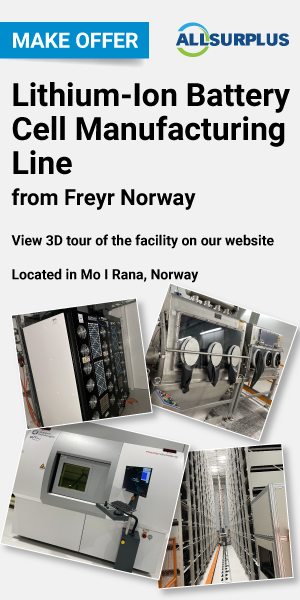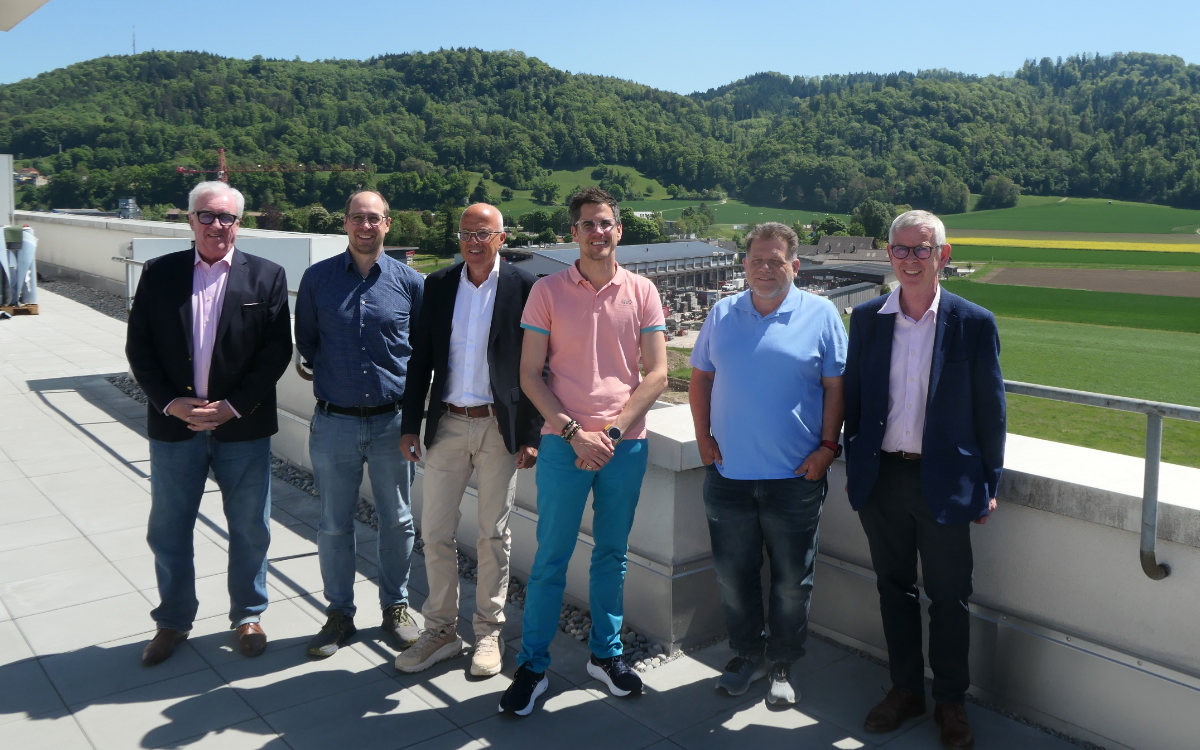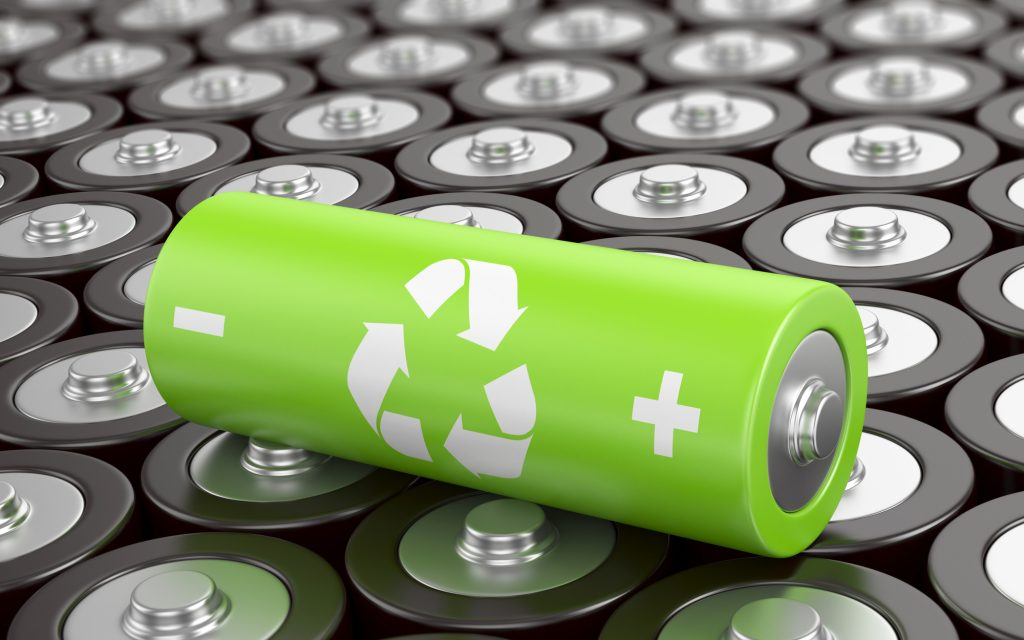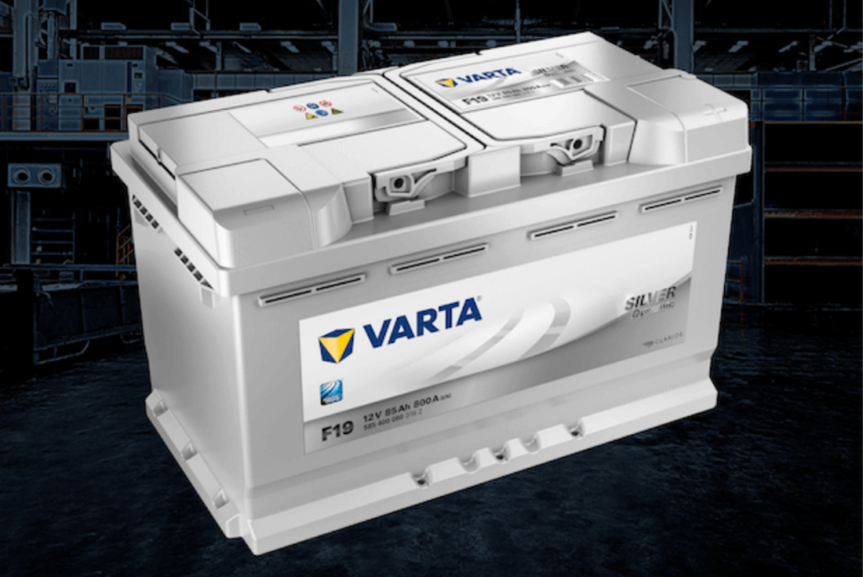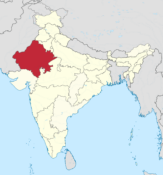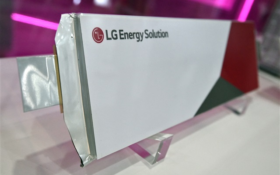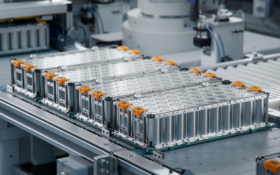Tests on cells have shown that Canadian mining firm Ceylon Graphite Corp’s vein graphite anode material can increase the specific discharge capacity of lithium-ion batteries.
Results showed cells using the vein graphite material reached 161 and 165 mAh/g for specific discharge capacity (SDC)— similar, commercially used synthetic graphite has a specific capacity of 153mAh/g.
Independent facility University College London (UCL) tested spherodized vein graphite materials in a lithium-ion cell.
Dan Brett, professor of electrochemical engineering at UCL, said: “These are very promising results and I’m excited at the prospect of Sri Lanka using this wonderful natural resource to play a major role in realising the ‘age of electrochemical power’ and achieving Net Zero.”
Vein graphite from Sri Lanka does not require primary processing due to the high in situ grade—above 90%Cg— and could lower energy consumption of the end-to-end process of producing battery grade anode material relative to synthetic and flake graphite, said Ceylon CEO, Don Baxter
Building on coin cell success
Earlier this year, the company received positive results from initial lithium-ion coin cell tests by UK organisation WMG, part of the University of Warwick’s Energy Innovation Centre.
Tests were conducted on commercial spherodized vein graphite material in a lithium-ion coin cell.
Results showed the cell had a 382mAh/g reversible capacity (RC), which is beyond that of commercially used synthetic graphite that has an RC of 363mAh/g.
Data was collected from five separate coin cells using Ceylon’s graphite and material from commercial synthetic suppliers.
Tests showed that at C/5 stable cycling gave an average reversible capacity of 353mAh/g with standard deviation 9mAh/g over 25 cycles compared to the Synthetic supplier 307mAh/g.
The performance is due to the high crystallinity of Sri Lankan vein graphite, say the company.
The initial results show the suitability of the material for lithium-ion battery anodes for either stand alone or blending with synthetic graphite.
Graphite shortage
Last week, BEST reported how vehicle giant Tesla and battery behemoth SK Innovations were calling for a waiver on tariffs for graphite imported into the US from China.
Tesla is asking the US Government to waive tariffs on graphite coming from China – claiming it can’t get it elsewhere, reported US news outlet CNNC.
The firms are calling for the lifting of tariffs of 25% that were first introduced by the Office of the United States Trade Representative (USTR) in September 2018.
The tariffs of graphite were made in response to China’s “unfair trade practices” conclusion in the Donald Trump administration’s Section 301 investigation.

